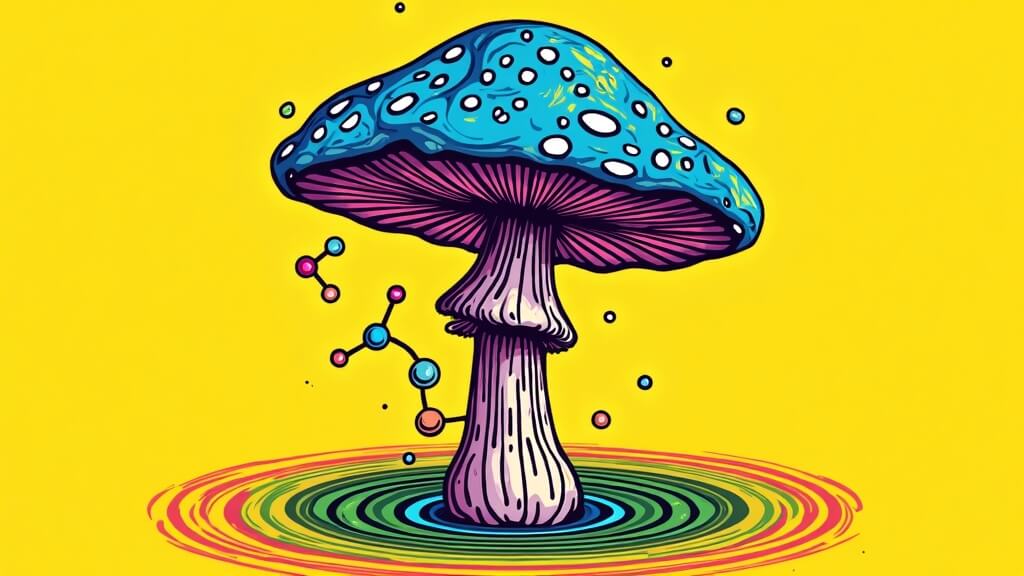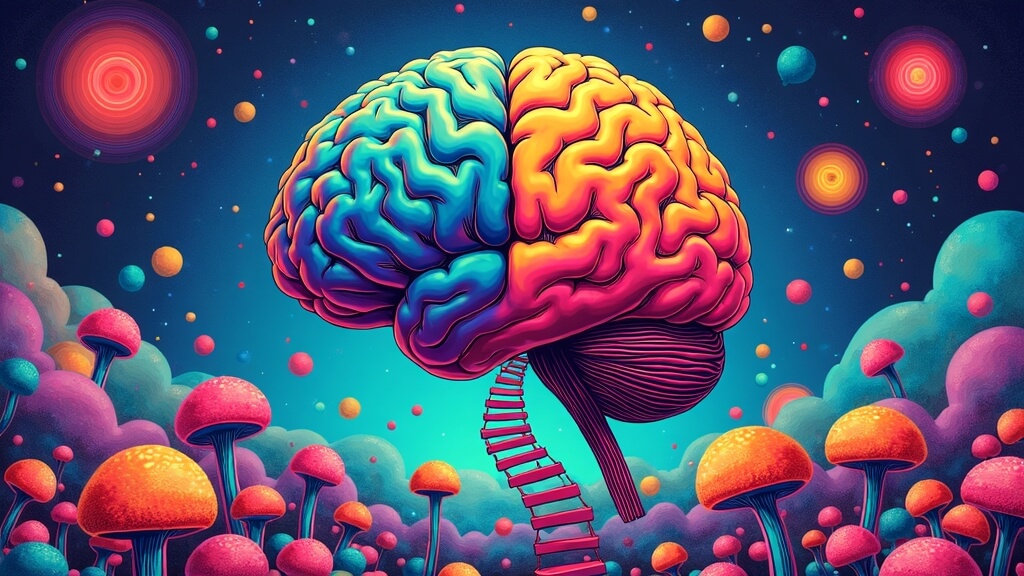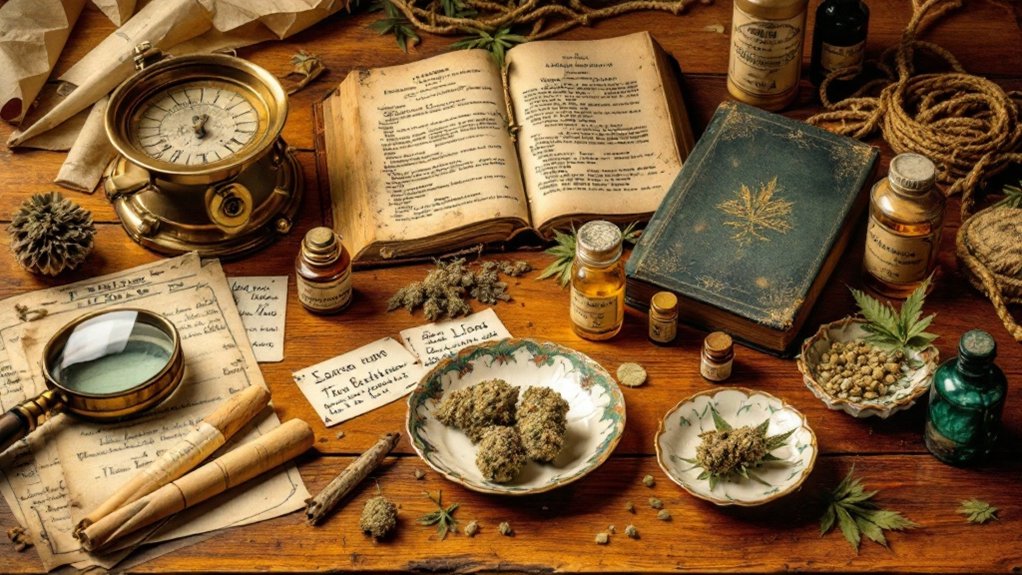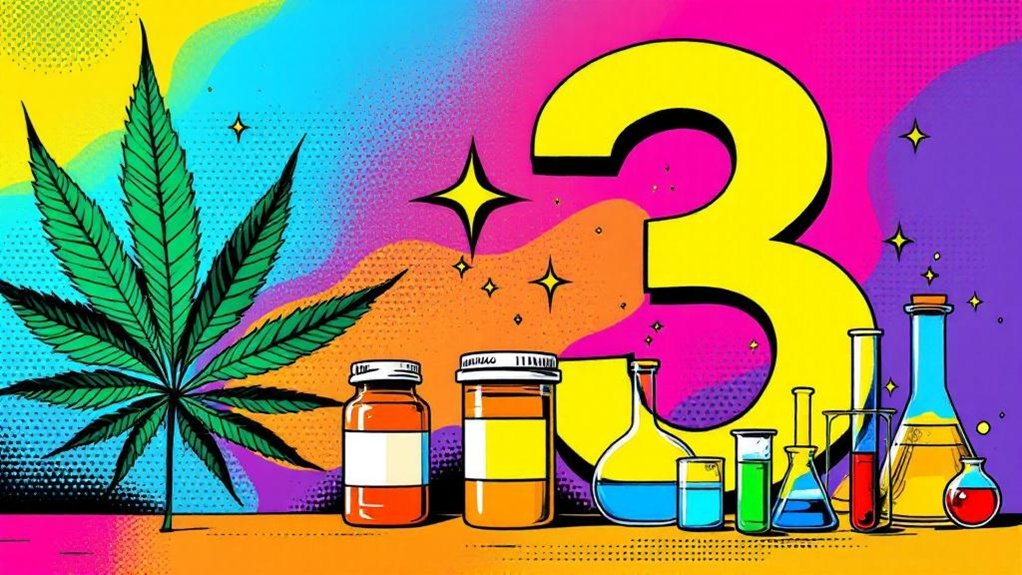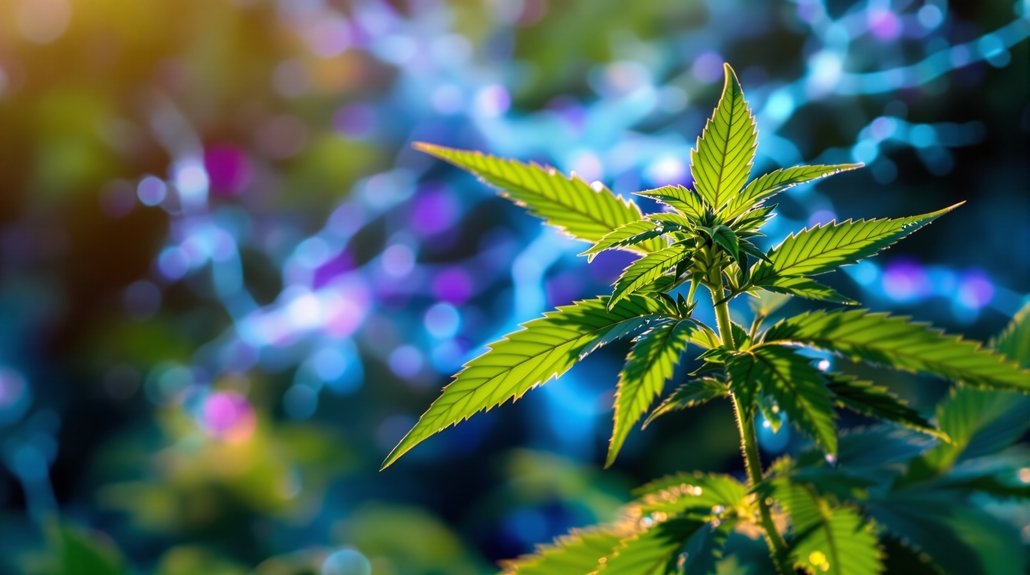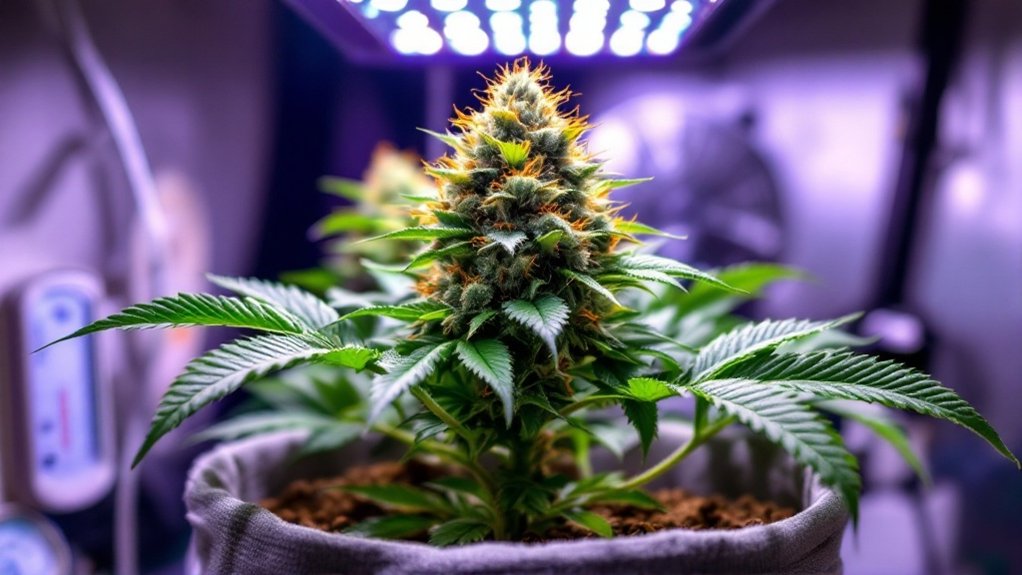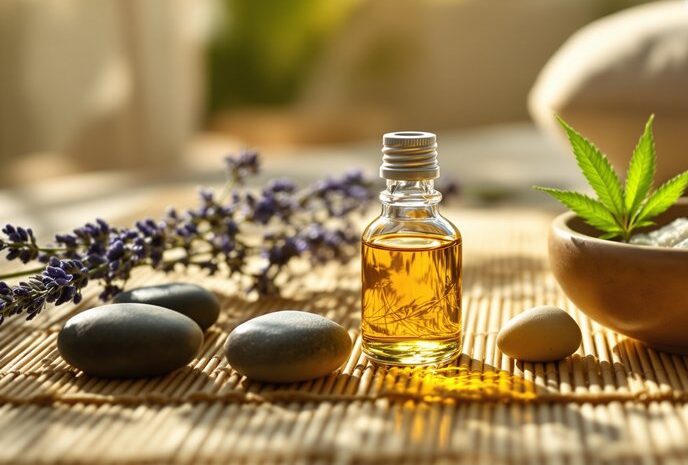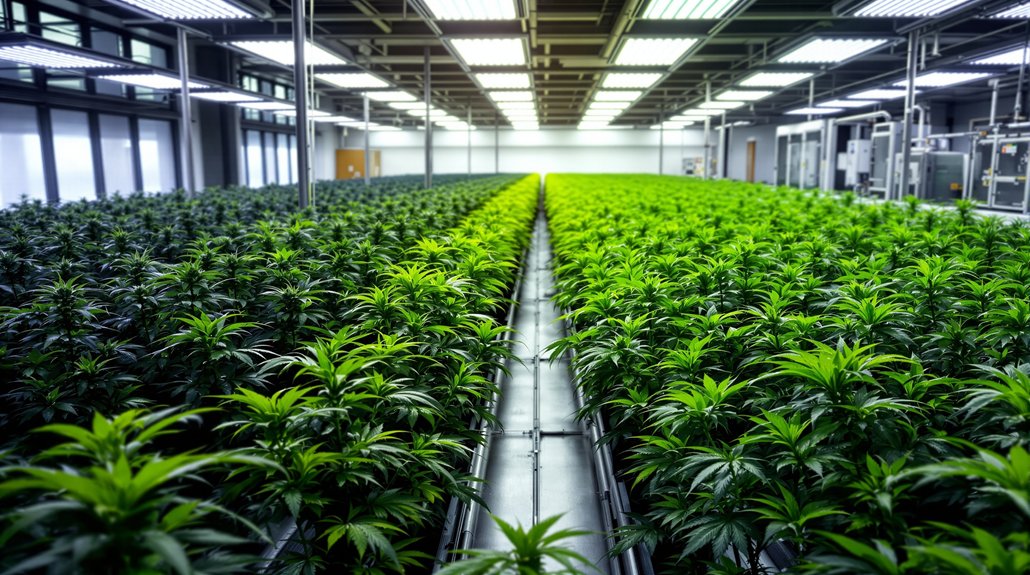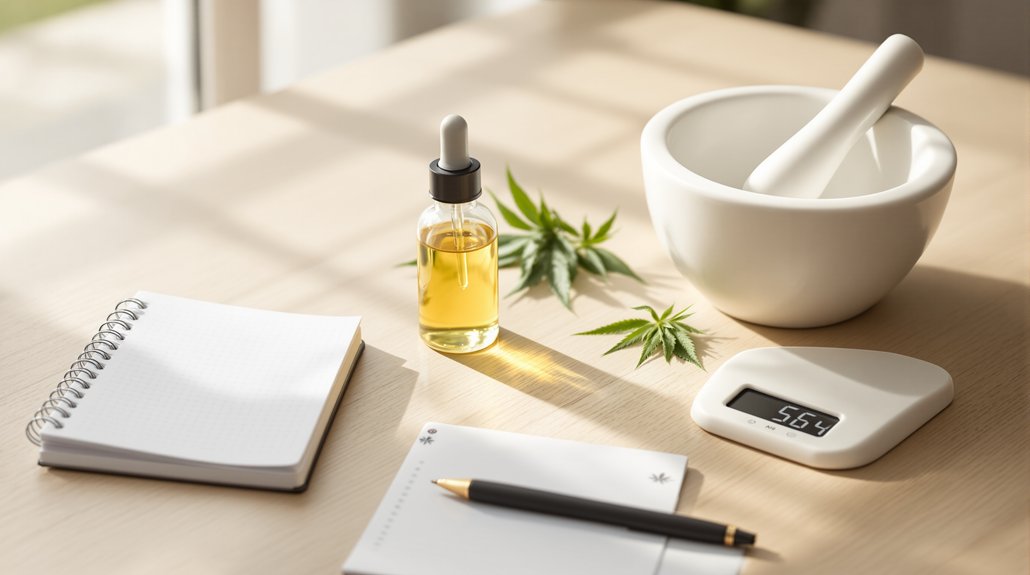Psilocin (4-hydroxy-NN-dimethyltryptamine) is the real magic behind mushroom trips. First isolated in 1958, this unstable compound contains an indole ring structure similar to serotonin – explaining its mind-bending powers. Light and oxygen break it down fast. Pure psilocin appears as white crystals with a melting point of 345°F (174.5°C). The chemical’s structural properties reveal why these fungi pack such a potent punch.
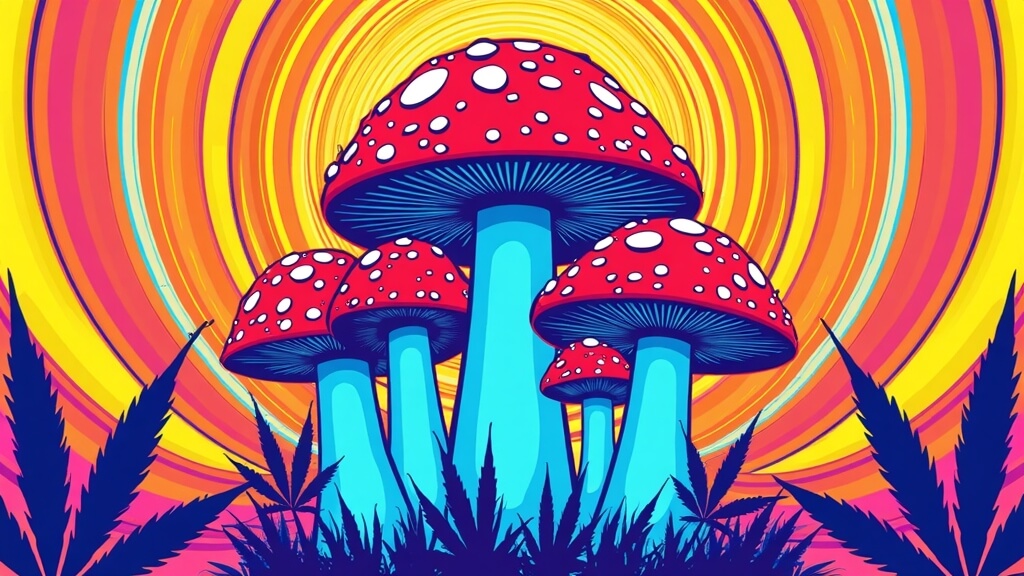
When scientists discuss psilocin, they’re talking about more than just a recreational substance – they’re exploring a complex molecule with a rich chemical profile. Known chemically as 4-hydroxy-NN-dimethyltryptamine (4-OH-DMT), psilocin has the formula C12H16N2O and a molar mass of 204.27 g/mol. It’s fundamentally white crystals when you see it pure. Melting point? A precise 174.5 °C (345°F).
Psilocin’s structure is fascinating. It features an indole ring connected to an aminoethyl substituent—pretty fancy talk for a compound found in mushrooms. It’s an isomer of bufotenine, with the only difference being where that hydroxyl group sits. The compound belongs to the tryptamine family and shares structural similarities with serotonin. First isolated in 1958, psilocin was a groundbreaking discovery by Albert Hofmann and his research team. Nature’s quite the chemist.
Nature’s molecular artistry at work: an indole ring with aminoethyl flair, chemically cousined to our own serotonin.
The stuff isn’t very stable. It hates light and oxygen. Expose psilocin to alkaline conditions and oxygen, and watch it transform into bluish and black degradation products. Scientists working with it as an analytical standard have to be careful. Storage is tricky. No wonder researchers sometimes prefer working with its more stable precursor.
Speaking of which, psilocybin converts to psilocin in the human body. Psilocybin is basically psilocin wearing a phosphate group as a hat. It weighs in heavier at 284.3 g/mol. The relationship is vital. One becomes the other inside you. This conversion happens through dephosphorylation via enzymes that activate the compound’s psychoactive properties.
Psilocin occurs naturally in those infamous “magic mushrooms.” Fresh, dried, cooked, frozen, doesn’t matter. The compound persists. It’s available in multiple forms, including dry powders and capsules for those who prefer their hallucinogens neatly packaged.
The biological effects? Varied and profound. Psilocin produces psychological, perceptual, interpersonal, and physical effects by mimicking serotonin in the brain. Its structural similarity to neurotransmitters explains its powerful impacts. Originally functioning as antioxidants in earlier life forms, these compounds now play more complex roles in humans. Chemistry evolving through time.
Frequently Asked Questions
How Long Does Psilocin Stay in the Body?
Most psilocin clears from the human body pretty fast.
Half-life? About 50 minutes. The majority gets booted within 4-5 hours. Almost everything’s gone within 24 hours.
Traces can be detected up to a day after consumption, but don’t count on it lingering. Metabolic rate, dosage, and hydration all factor in. Individual differences exist, naturally.
The body’s remarkably efficient at flushing this stuff out.
Can Psilocin Be Detected in Drug Tests?
Standard drug tests don’t detect psilocin.
Most employers use 5-panel or 10-panel tests that simply don’t screen for it. Specialized tests exist, but someone has to specifically request them – think court-ordered screenings or custody battles.
Detection windows? Pretty short. Psilocin vanishes from urine and saliva within 24 hours, blood within 15 hours.
Hair and fingernail tests? Different story. Those can bust users months after the trip ended.
What’s the Difference Between Psilocin and Psilocybin?
Psilocybin and psilocin? They’re chemical cousins with an essential difference. Psilocybin‘s just a prodrug – completely inactive until your body transforms it.
Psilocin’s the real star of the show. It’s what actually binds to your brain’s serotonin receptors and triggers those trippy effects.
Think of psilocybin as the delivery vehicle and psilocin as the payload. Chemically, they’re nearly identical except psilocybin has that extra phosphate group.
What Factors Affect Psilocin Potency in Mushrooms?
Psilocin potency in mushrooms? It’s complicated.
Environmental conditions play a huge role – where they grow, when they’re harvested, even whether they’re fresh or dried.
Species variation is massive. P. azurescens packs a serious punch compared to its mushroom cousins.
The chemical makeup varies too. Besides psilocin, these fungi contain a cocktail of compounds like baeocystin and β-carbolines that might create an “entourage effect.”
Nature’s chemistry at work.
